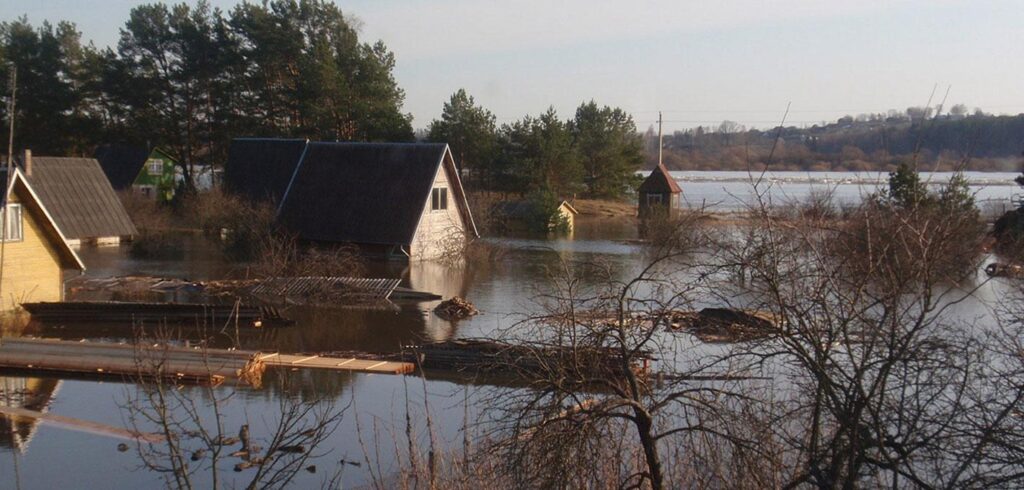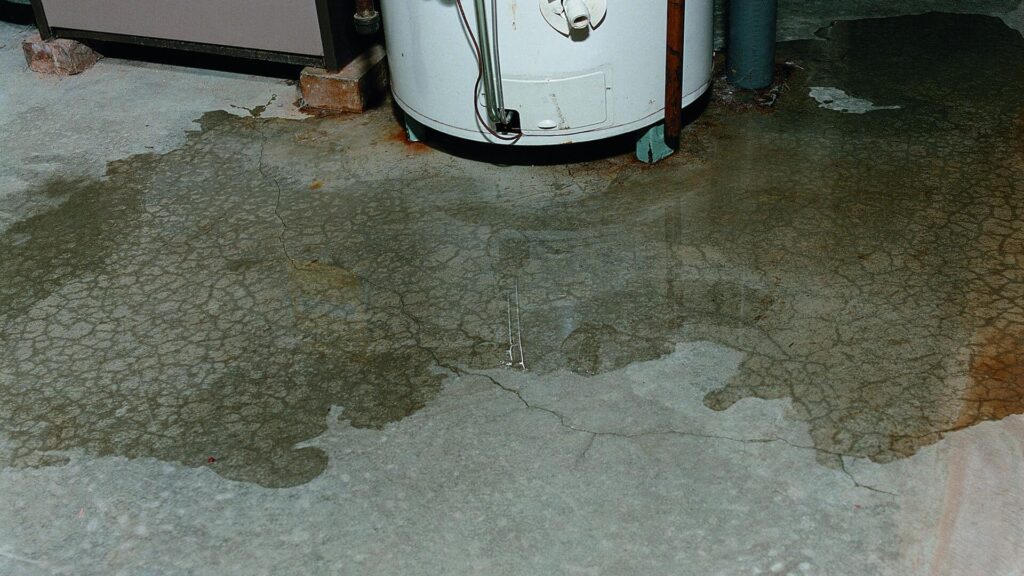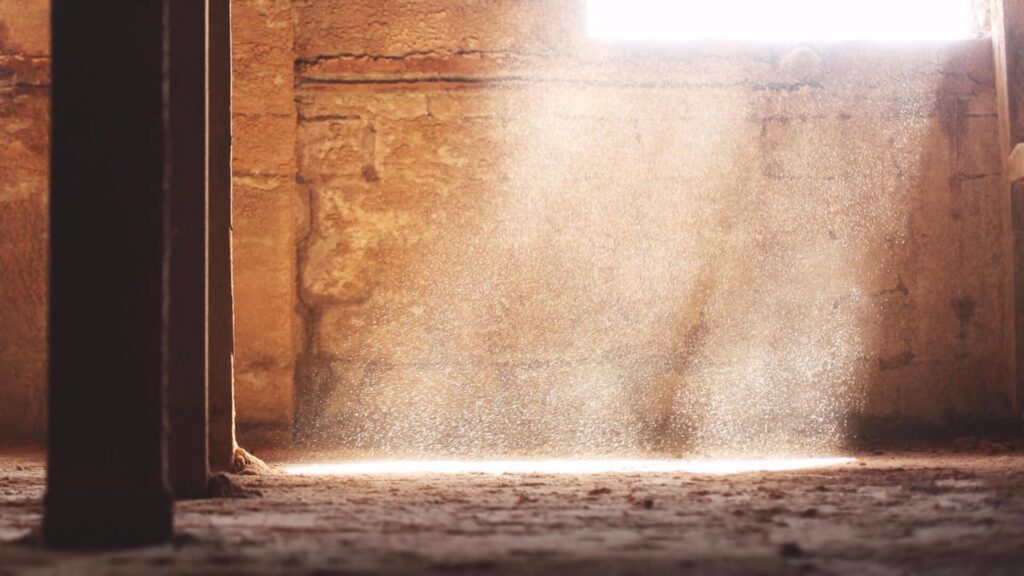Depending on the geographic location of certain regions, natural disasters can occur more or less frequently. In the Gatineau region, floods are the most frequent.
They can cause landslides, fires, and mudslides. Storms and thunderstorms are also common during floods. The water level can exceed 70 cm and still cause damage, even if the risk appears low — such as in the case of fire.
Natural causes of flooding
There are several natural reasons that explain the occurrence of this type of disaster. Humans are powerless against natural phenomena. For instance, heavy rainfall can lead to torrential rain, resulting in uncontrolled flooding. Another cause can be a landslide, which alters the water’s flow and leads to disaster.
Human causes of flooding
Human activities can also trigger floods. Poor drainage work may force water to find alternative paths, leading to flooding. People who ignore building regulations and settle in marshy areas are particularly vulnerable to this kind of disaster. Unregulated dam construction can also disrupt water flow. Uncontrolled sluice gates reduce natural slopes and obstruct proper drainage.
Manifestations of flooding
To control flooding, it’s essential to recognize how it manifests. Flooding can be slow or sudden. When it occurs slowly, the damage is more manageable. Sudden floods, however, can be devastating and cause numerous losses, especially when they last for a week or more.
Forecasting methods
To control and manage floods and disasters, the Canadian government has made efforts to improve water drainage systems. It has created green zones to assist disaster victims and raises public awareness by promoting urban planning that facilitates the flow of rainwater.
When a region is known for its vulnerability to disasters, it becomes easier to anticipate and mitigate damage. In Gatineau, measures are being taken to reduce the impact of repeated flooding as much as possible.






